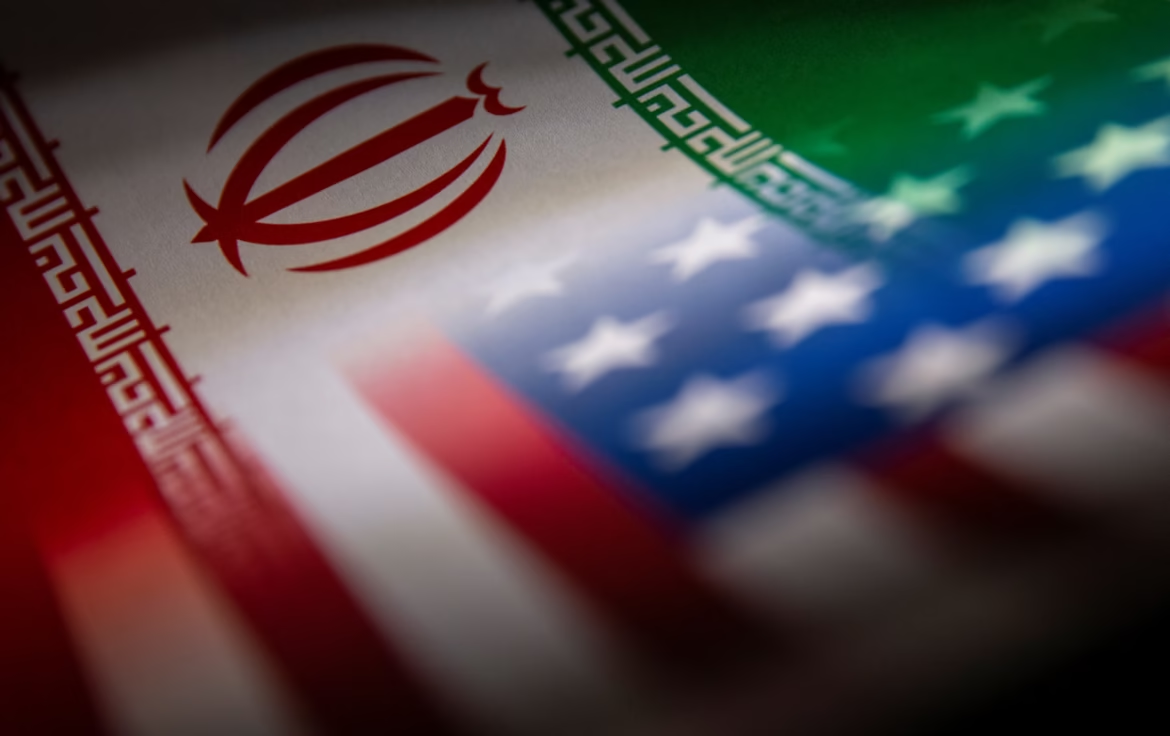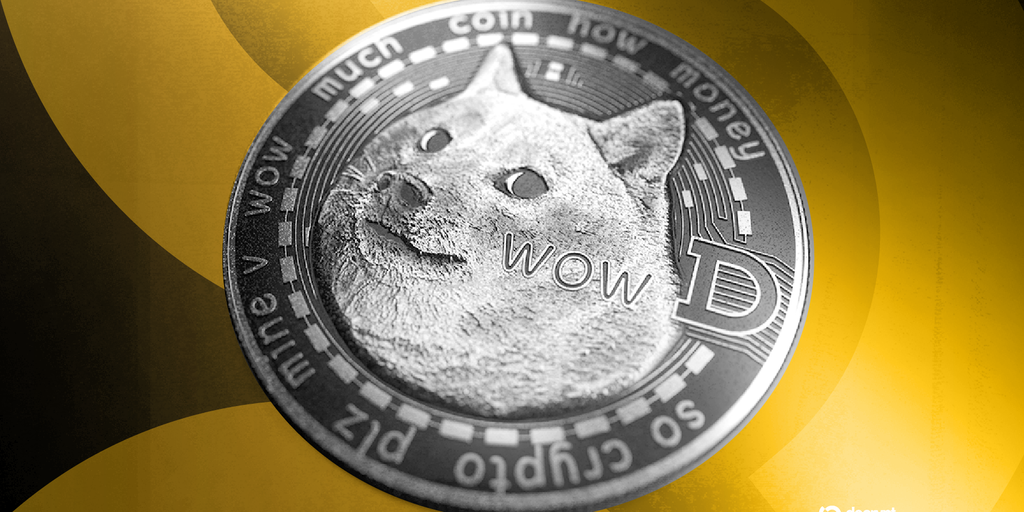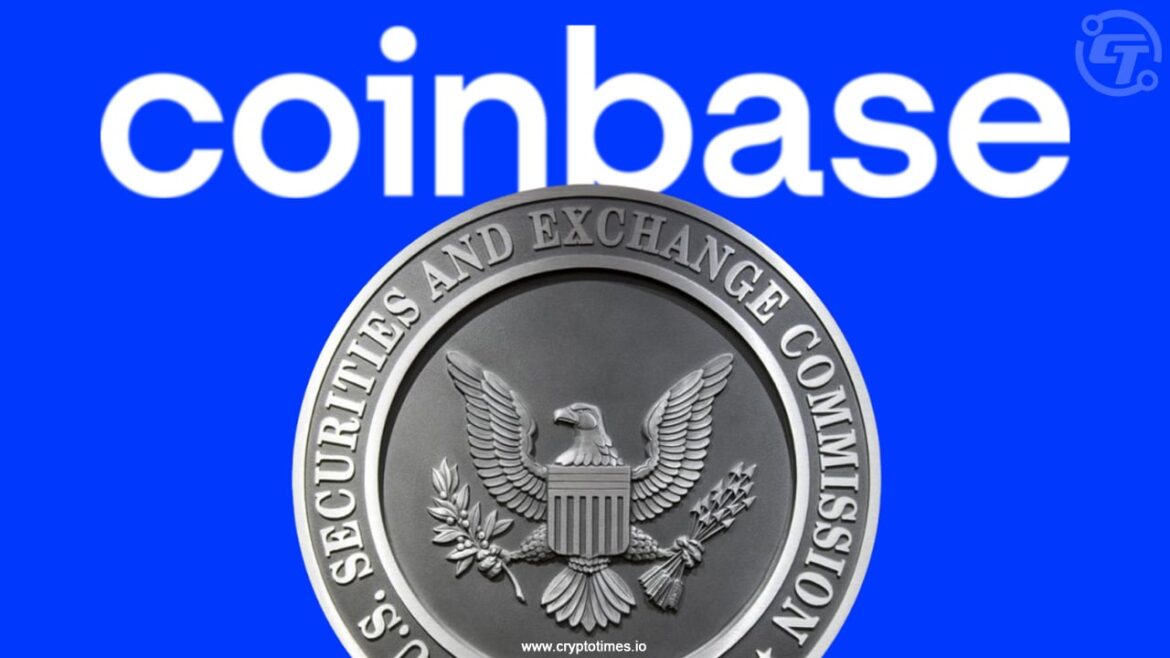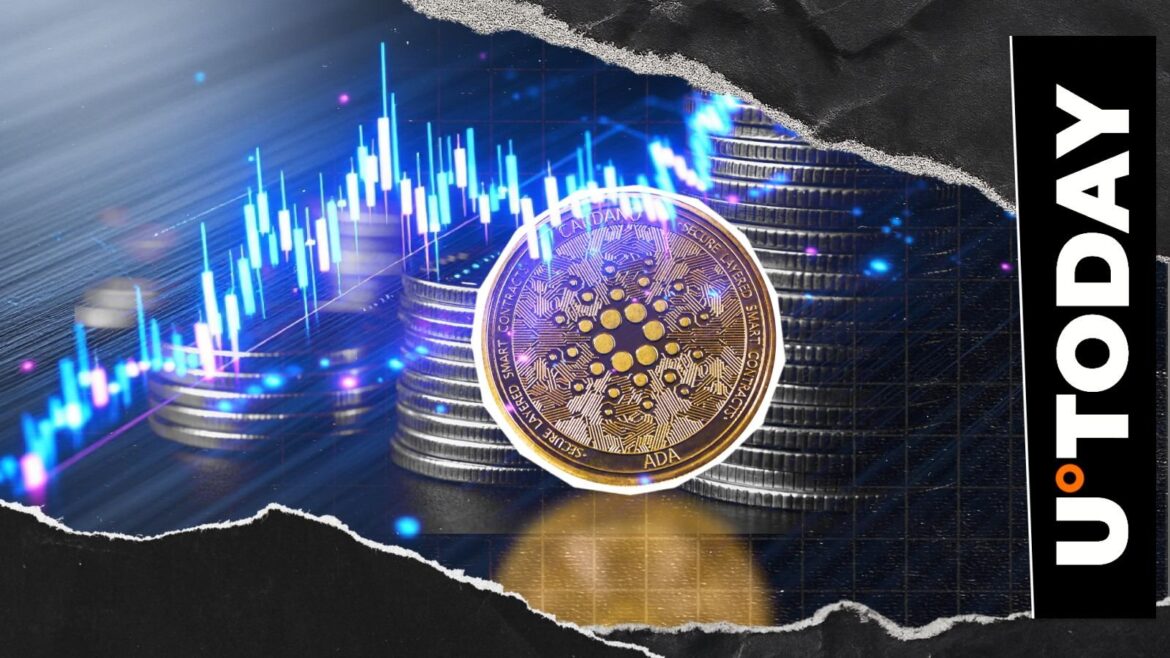
More and more companies are attracted to the idea of launching their own Ethereum layer 2 network. Most of them shouldn’t bother. There’s already a staggering number of them — over 150. Quite a few of these are centralized and linked to a single enterprise and several companies such as Robinhood have recently announced plans to launch their own layer 2 networks.
The attractions for launching an Ethereum layer 2 network are significant, especially when compared to launching your own layer 1 (foundation layer) blockchain. Layer 1 networks must compete with networks like Ethereum and Solana in an already intensely competitive and crowded market. Layer 2 networks that run on top of Ethereum also face an intensely competitive marketplace but can simultaneously draw upon the strength of the Ethereum ecosystem, thanks to deep integration into Ethereum itself.
With Ethereum having turned 10 in July, it remains the dominant smart contract blockchain and it is the largest single home for digital assets, real-world assets (RWA), stablecoins and decentralized finance applications. Ethereum’s share of the overall decentralized finance ecosystem has been stable at about 50% for three years now. When layer 2 networks are included in the total, it appears to be rising modestly.
The temptation to launch your own Ethereum layer 2 network is easy to understand — they look like a useful concept with great economics. A layer 2 network on top of Ethereum offers a bit of “best of both worlds” functionality: you can control your own ecosystem within your layer 2 but retain integration with and access to the overall Ethereum ecosystem. Centralized layer 2 networks can set their own price structures and have nearly all the same controls as a stand-alone private blockchain such as deciding who has access to the network and what kind of data will be visible to others.
This comes with a cost. Layer 2 networks must purchase transaction processing space on the Ethereum mainnet to finalize their transactions (known as blob space) — but those costs are likely to be lower than those associated with starting a network from scratch and competing head-on with Ethereum. In fact, according to Token Terminal, the costs of developing a layer 2 are remarkably low. For Base, a layer 2 network run by Coinbase, during June of 2025, the network generated $4.9 million in fee revenue and spent just $50,000 on layer 1 settlement fees.
Indeed, the layer 1 settlement fees on Ethereum are so low they have set off a fiery debate within the network ecosystem about whether they are too low, and that layer 2 networks represent a transfer of benefits from layer 1 stakeholders to layer 2 networks. It is likely this will result in some re-balancing of fees, but even a 10x increase in fees is not likely to alter the fundamentally good value proposition that comes with scaling with layer 2 networks.
Furthermore, the recent announcement by Robinhood that they will be building their own layer 2 network on Ethereum fundamentally validates the overall layer 2 thesis within Ethereum: layer 2 networks are not only a good scaling option, they also enable a variety of business models that will entice a wide range of companies to join the network.The layer 2 ecosystem is likely to have a range of participants from the fully decentralized to the completely centralized.
And this brings us to the key question: does your company need its own layer 2 network? Chances are, you don’t. The real value proposition of a blockchain ecosystem is the ability to work in cooperation with others without any one party controlling the network. If you’re a manufacturing company, for example, you want to work with your suppliers and customers on a level playing field with your competitors. Blockchains let everyone join in without favoring any one participant. In the long run, working together on a level playing field is much cheaper and preferable to trying to integrate into different systems controlled by each one of your key customers or suppliers.
While some layer 2 networks look very profitable right now, this is only true if you can generate good transaction volume. Many of the layer 2 networks operating are doing little to no business as they struggle to differentiate themselves in a crowded market. According to L2Beat, most of these networks have less than $1mm in TVL bridged in from Ethereum and are averaging less than one user operation per second.
So when does a company need its own layer 2 network? My hypothesis is that this works best for firms that can aggregate significant transaction volume into the network and whose customers do not have the means or the individual volume to make their own direct connection to Ethereum. Right now, that largely means financial services firms that have thousands or millions of retail customers, from Coinbase to Kraken to Robinhood. More firms will surely follow. Having a layer 2 network might be seen, in the future, the way we looked at having a seat on the New York Stock Exchange. Brokerage firms would want them, but a car maker wouldn’t find value in it.
Three questions would be useful in determining if a firm should launch its own Ethereum layer 2 network: first, is the company able to aggregate a significant volume of its own transactions or clients compared to other networks? Second, is transacting on-chain central to the company’s core business model (e.g., are you an intermediary, especially a financial one that presently transacts on traditional financial rails). Lastly, does your layer 2 approach offer a differentiated value proposition compared to the many other network options out there? If you can say yes to all three options, this is a possible path forward.
For most other types of firms, they may find the optimal value proposition to be connecting directly to Ethereum, or one of the other open layer 2 networks. It will be less costly and more private than going through an aggregator who will be able to mark up your transaction costs and see your transaction flow and less costly than running your own network.
I suspect, however, that before we are done, quite a few firms that have no need to run their own layer 2 will launch one anyway for the same reasons many firms launched private chains in the past.
No matter how reliably they have failed, the attraction of private blockchains was always hard to counter. The allure of “controlling your destiny” and “taxing the ecosystem” was hard to resist. Public chains, with their openness, interoperability, and permissionless nature can look scary to business users who would prefer more control.
To the same buyers who wanted private chains, centralized layer 2 networks look like a halfway house that may seem appealing. Unlike private chains, I don’t think they are all doomed to fail, but I do suspect only a few will succeed. History keeps repeating itself – mostly because we’re not very good at paying attention to it. Here we go again.
Disclaimer: These are the personal views of the author and do not represent the views of EY.








